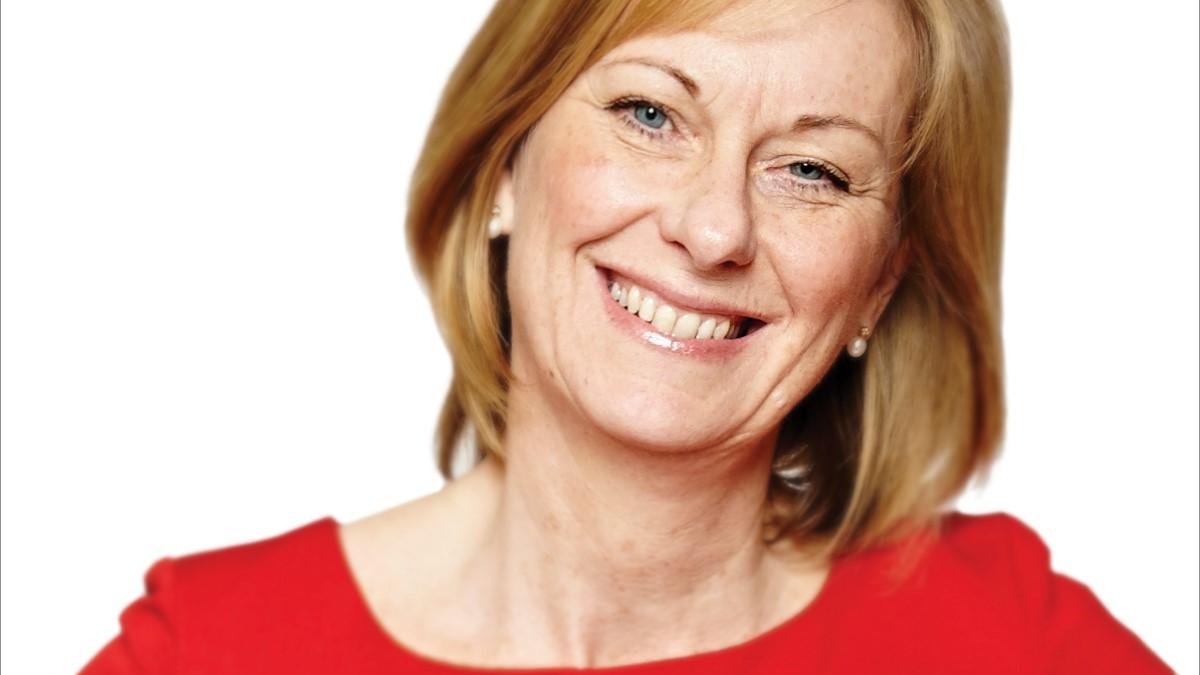CSP chief executive Karen Middleton gives her top tips on job applications.

I have no doubt that the beginning of the new year has seen many of you start – or perhaps stop – activities or habits in a bid to make a fresh start. Usually that is about improving your health and wellbeing, but many think about moving house, switching jobs or other life changes.
Changing jobs almost always involves some form of application, which I have written about before (15 April 2015). This is a key skill in your career development and in making the most of opportunities, such as courses and further study.
Once you’re in a post in which you recruit staff and receive applications, it becomes so much easier to see the dos and don’ts of completing application forms. For instance, I have recently been exposed to feedback from colleagues about the applications to the CSP leadership programme and a number of posts at the CSP.
In the main, applications are about getting through to the next stage – whether that’s being invited to attend an interview or simply gaining a place on a course. You need to stand out and your whole application must be geared towards that objective. ‘Standing out’, however, does not mean promoting yourself in such a way that simply sounds narcissistic. There is a fine balance.
Your starting point needs to be ‘what are they looking for?’ The answer can usually be found in the information about the course or the job. You may also have other ‘soft intelligence’ gleaned from contacts. Look for stand out words in the blurb you receive to form a picture of what’s wanted. Crucially, don’t translate this into what you think they need: a really common mistake.
Then follow the instructions. I know this is stating the obvious but when there is a vast number of applications to short list or choose from, those who have not followed the instructions are the first to go, mainly because their applications are so irritating.
When answering specific questions, evidence every statement about yourself. Illustrate the outcome or impact of what you did rather than just describing it. After making such a statement ask ‘So what?’ This will help you to work out the real difference you made.
The illustrations you use in your evidence need to be varied and as recent as possible. Try to use a combination of hard and soft data to demonstrate impact that would appeal to different sorts of readers.
An open question like ‘Why do you want this job?’ or ‘Why this course now?’ requires a lot of thought. You might think: ‘I may want to study for
a master’s right now because I don’t see how I can further my career without one’. But I would phrase that answer differently: ‘I have come to the point in my career when I am ready to commit to further study to expand and deepen my understanding of my chosen subject’.
If your application simply asks for a CV, you have much more freedom about what you write, but don’t be tempted to send in a CV that you have used before. Always ensure your CV is fit for the current purpose.
Make sure you highlight and evidence the aspects of your experience, employment history and continuing professional development that addresses what you know they are looking for.
Try to keep your CV to two pages. Read and re-read your application. Spellcheck the text and read it aloud. Then, however painful, ask others to read your application alongside the information about the post or course you have been sent. This is the step most people leave out, because of time, because they don’t want others to be aware they are applying or – and this is a telling one –because some of what they’ve written is stretching the truth a little.
A new year brings new opportunities, so just make sure you give yourself every chance of making them work for you. fl
Contact Karen
- You can email Karen at: enquiries@csp.org.uk
Author
Karen Middleton Chief Executive Officer CSP
Number of subscribers: 1




































